This article was co-authored by wikiHow staff writer, Dan Hickey. Dan Hickey is a Writer and Humorist based in Chicago, Illinois. He has published pieces on a variety of online satire sites and has been a member of the wikiHow team since 2022. A former teaching artist at a community music school, Dan enjoys helping people learn new skills they never thought they could master. He graduated with a BM in Clarinet Performance from DePauw University in 2015 and an MM from DePaul University in 2017.
There are 9 references cited in this article, which can be found at the bottom of the page.
This article has been viewed 1,871 times.
Learn more...
You’ve studied hard in your AP history class and now it’s finally time to take the AP exam. The SAQ (short answer question) section makes up 20% of your final score, so you definitely want to know the best way to approach these questions! Fortunately, the best answers are pretty formulaic. We’ll tell you everything you need to know about answering SAQs, from how they’re structured and scored to how to write the perfect, scholarly answer. We’ve also included a full example question and answer so you can see the suggested writing practices in action. Get reading before time’s up!
Things You Should Know
- Start each answer with a strong topic sentence that addresses the question. Look for verbs like “identify” or “explain” that tell you how to answer the prompt.
- Address each part of the SAQ in its own mini-paragraph in about 1-3 sentences. Follow the ACE structure in your response: answer, cite, and expand.
- Write your answer neatly in complete sentences, making sure to keep your writing within the answer box provided.
Steps
References
- ↑ https://students.unimelb.edu.au/academic-skills/explore-our-resources/exam-prep/short-answer-exams
- ↑ https://www.quia.com/files/quia/users/p00080817/How_to_write_an_SAQ.pdf
- ↑ https://www.trumanlibrary.gov/public/ACEtheSAQ.pdf
- ↑ https://www.quia.com/files/quia/users/p00080817/How_to_write_an_SAQ.pdf
- ↑ https://www.millenniumhs.org/site/handlers/filedownload.ashx?moduleinstanceid=3788&dataid=6367&FileName=ACE%20the%20Short%20Answer%20Question.pdf
- ↑ https://ca01902661.schoolwires.net/site/handlers/filedownload.ashx?moduleinstanceid=14692&dataid=28283&FileName=APWorldHistorySAQLEQDBQHotsheetBundle.pdf
- ↑ https://www.trumanlibrary.gov/public/ACEtheSAQ.pdf
- ↑ https://www.trumanlibrary.gov/public/ACEtheSAQ.pdf
- ↑ https://www.quia.com/files/quia/users/p00080817/How_to_write_an_SAQ.pdf
- ↑ http://teach.yauger.net/apworld/review/WritingSAQ.pdf
- ↑ https://www.quia.com/files/quia/users/p00080817/How_to_write_an_SAQ.pdf
- ↑ https://www.plainviewisd.org/cms/lib6/TX01918200/Centricity/Domain/415/How%20to%20Approach%20the%20Short%20Answer%20Question.pdf
- ↑ https://apcentral.collegeboard.org/media/pdf/ap22-sg-world-history-modern.pdf
- ↑ https://www.plainviewisd.org/cms/lib6/TX01918200/Centricity/Domain/415/How%20to%20Approach%20the%20Short%20Answer%20Question.pdf
- ↑ https://www.plainviewisd.org/cms/lib6/TX01918200/Centricity/Domain/415/How%20to%20Approach%20the%20Short%20Answer%20Question.pdf
- ↑ https://www.trumanlibrary.gov/public/APHistoryRubrics.pdf
- ↑ https://www.plainviewisd.org/cms/lib6/TX01918200/Centricity/Domain/415/How%20to%20Approach%20the%20Short%20Answer%20Question.pdf
- ↑ https://www.trumanlibrary.gov/public/APHistoryRubrics.pdf
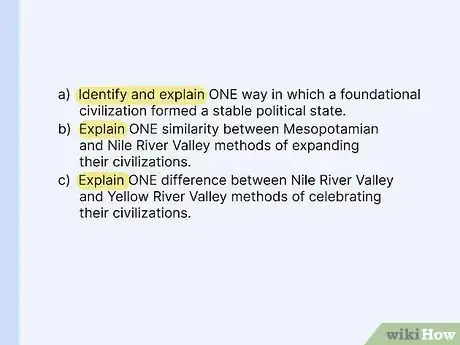
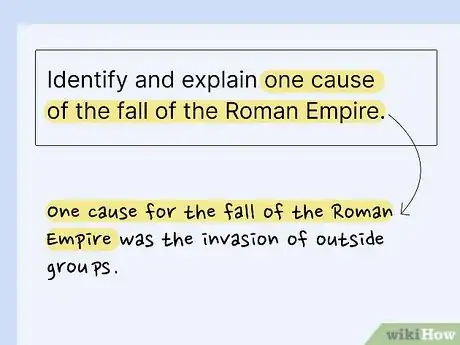
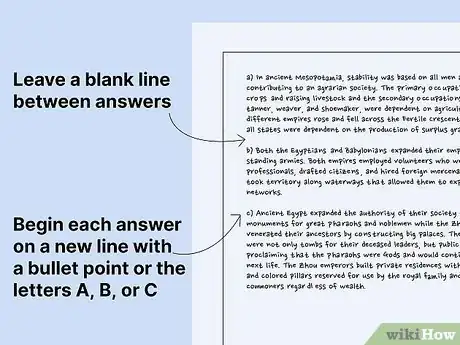
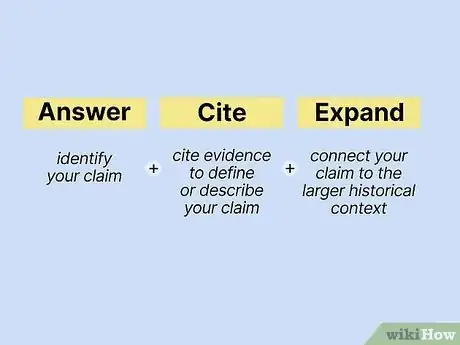
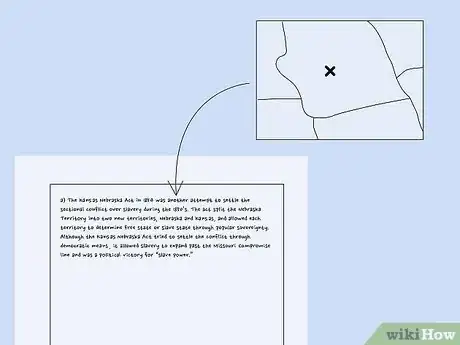

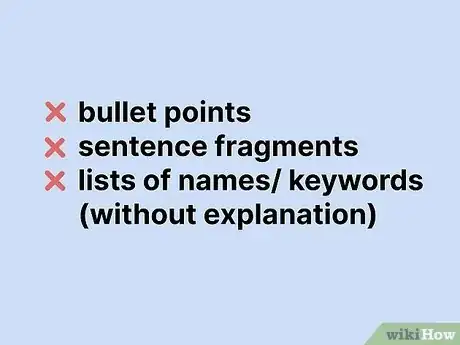
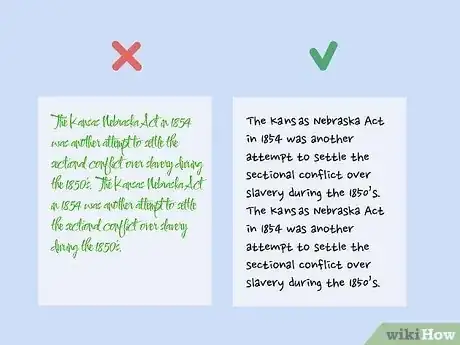
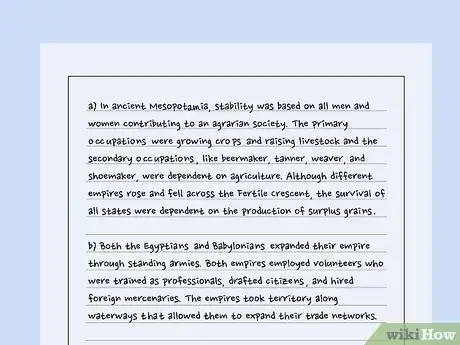
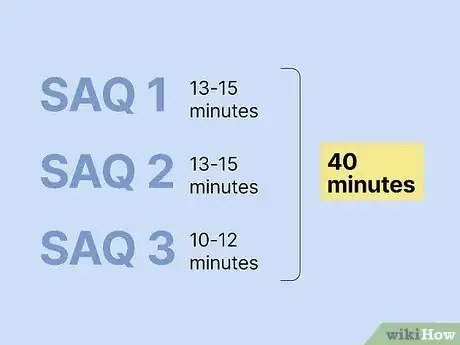
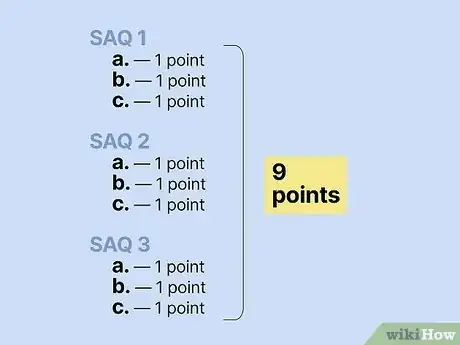
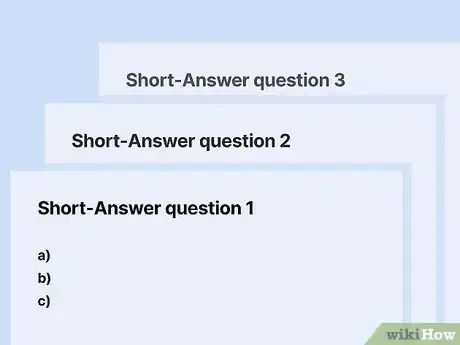
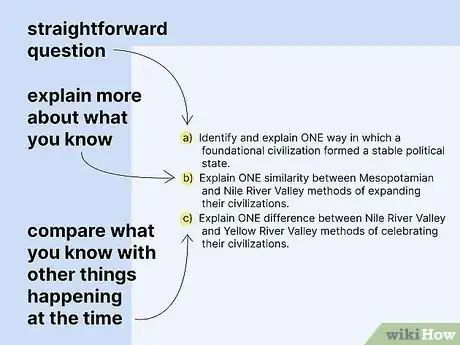









-Step-12.webp)
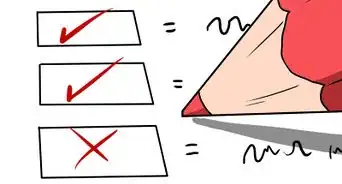


-Step-17.webp)














































